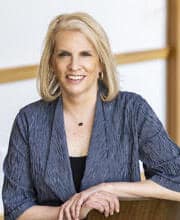
Sharon Block is a Professor of Practice and the Executive Director of the Center for Labor and a Just Economy at Harvard Law School.
Gwynne Wilcox is a consummate public servant, who has served as a Member of the National Labor Relations Board since 2021. Despite her stellar reputation and unblemished record of service, President Donald Trump fired Member Wilcox on January 27, 2025, without making a single allegation about any misconduct. Her baseless discharge contravenes every word of the provision in the National Labor Relations Act that sets forth the circumstances under which Congress granted the President the power to fire NLRB Members: 29 U.S.C. §153(a) provides that the President can remove a Board member only for “neglect of duty or malfeasance in office, but for no other cause“ and only “upon notice and a hearing.” To be clear – no one has alleged that Member Wilcox neglected her duties or that she committed malfeasance in office or that she has done anything else wrong. In fact, she has not even contradicted a direction from President Trump – he did not tell her to do anything before firing her in a late-night email from a lower-level official. Furthermore, an email was all she got; she was given no notice of her impending removal or an opportunity to be heard.
So, what is going on? President Trump is teeing up a challenge to the institution of the independent agency and has chosen to do so in a way that paralyzes workers’ right to collective bargaining until his latest attempt to aggrandize his own power is settled. The constitutionality of independent agencies – that is, agencies led by boards or commissions whose members can only be removed by the President for cause – was settled 90 years ago in Humphrey’s Executor v. United States (1935). At issue in Humphrey’s Executor was whether President Roosevelt had the power to remove a member of the Federal Trade Commission, even though Congress had included for-cause protections for FTC members in the legislation establishing the Commission. The Court held that it did not violate Article II’s Vesting Clause for Congress to limit the President’s power to remove FTC members. Instead, the Court found these independent agencies were not creatures of the executive branch, but rather quasi-judicial agencies. Congress, therefore, did not infringe on the President’s power to execute the laws by limiting his or her removal power.
The attributes of the FTC called out by the Court in Humphrey’s Executor are found in the NLRB. Leadership of both agencies comprise multiple members, the members serve staggered fixed terms in order to provide continuity, the members are called upon to use their subject matter expertise to make informed judgements about the cases that come before them and their decisions are reviewable in an Article III court. The Court has protected independent agencies with these attributes, even as it has expanded the President’s power in other ways, such as by affirming the President’s power to remove officers who serve agencies that do not have the same attributes, such as in Seila Law v. CFPB (2020). In Seila Law, the Court struck down for-cause protections for the single head of the CFPB but expressed a disinclination to question the continuing viability of Humphrey’s Executor for multi-member boards and commissions.
What does this challenge to Humphrey’s Executor mean for collective bargaining rights? First, there is a dramatic impact on the short-term viability of these rights. Since firing Member Wilcox, President Trump has not nominated anyone else to serve on the NLRB. Because firing Wilcox brought the number of board members to two – below a quorum – the Board has been unable to function since that time. Without any immediate prospect of confirmation of new Board members to reconstitute a quorum, workers in the U.S. are left without meaningful protection for their right to engage in collective bargaining or concerted activity. Take the workers at a Whole Foods in Philadelphia who voted to be represented by a union. Whole Foods has made quite clear in its objections to the election that it has no intent of recognizing the union or beginning to bargain in good faith. The legal systems accords Whole Foods workers no means of asserting their right to have the company recognize their choice to be represented by the union while the Board lacks a quorum – although they could engage in concerted activity to try to force the company to recognize the union and bargain. The same goes for workers who have been unlawfully fired or otherwise discriminated against. Employers, until this confrontation is resolved, can just act as if there is no NLRA without any consequences.
For the longer term, the stakes are even higher. The structure of many of federal agencies is on the line, including those that safeguard the fairness of our securities, communications and fair competition laws. If President Trump prevails and the Supreme Court reverses Humphrey’s Executor, there would be nothing to stop President Trump from directing NLRB Members on how individual cases should be decided under threat of removal. The President could direct members of the Federal Communications Commission to give broadcasters whose shows espouse views that align with a free pass when the violate the laws while cracking down on those views do not.
But the degradation of independent agencies might not even be the most serious repercussion of a Supreme Court decision to accede to President Trump’s demand to have more power over public servants like Member Wilcox. Member Wilcox’s case may provide the first glimpse into how the Roberts court will respond to the Trump Administration’s aggressive first few weeks in power. If the Court buys the argument that the Administration is likely to make that the Vesting Clause of Article II means that the Constitution grants a President essentially unchecked power, including the power to remove members of an independent agency, that may portend that the Court will shrink from other challenges to Trump’s unprecedented assertions of power. Would overturning Humphrey’s Executor suggest a Court likely to find that the Impoundment Control Act is unconstitutional? Or that a president unilaterally can shut down a Congressionally authorized government agency like the U.S. Agency for International Development?
Workers in the U.S. deserve to have their right to collective bargaining overseen by NLRB Members whose first loyalty is to the principles articulated in the National Labor Relations Act, not to the whims of President Trump. We all deserve to be governed by a president who respects guardrails on his power and the powers of all three branches of our federal government.
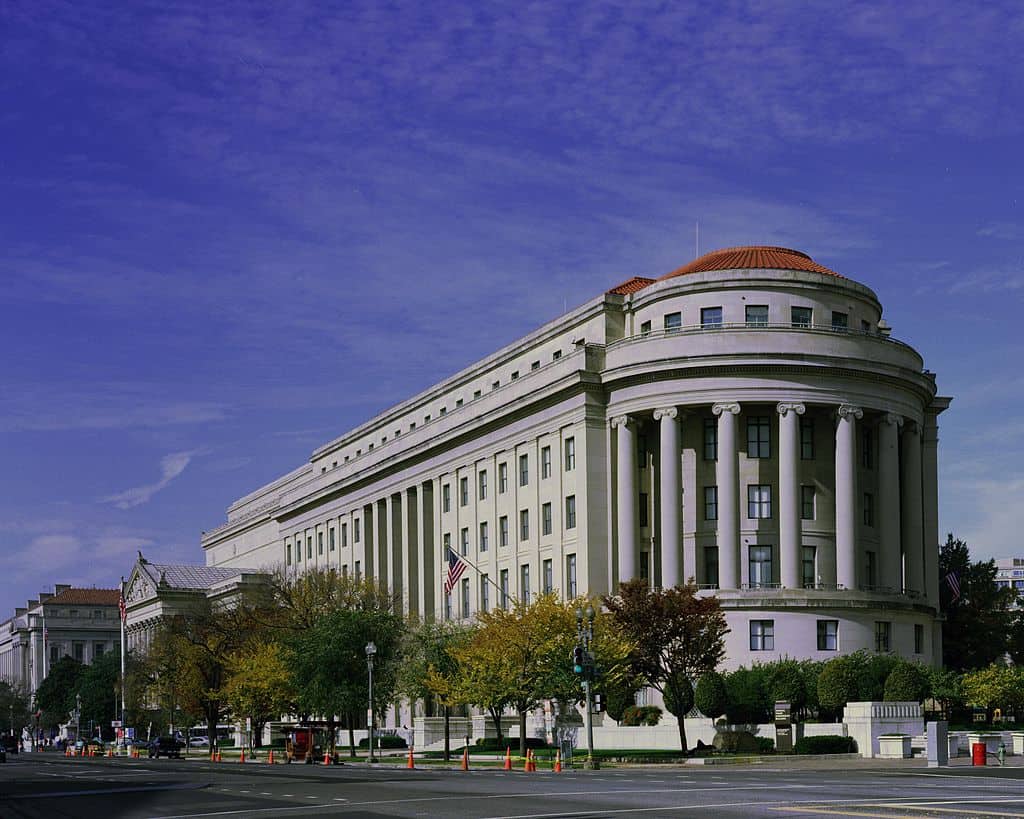
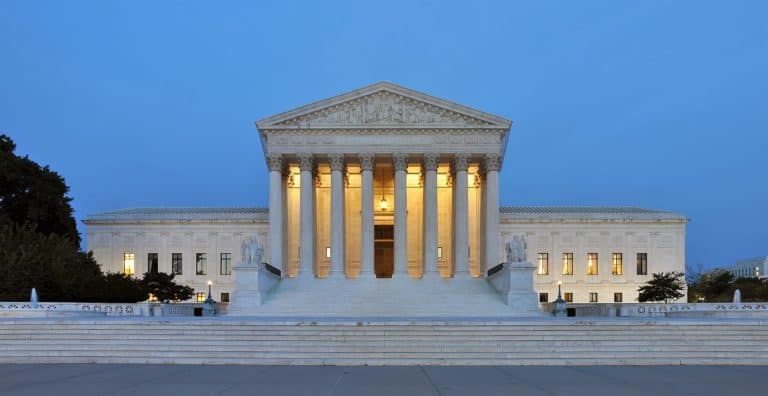
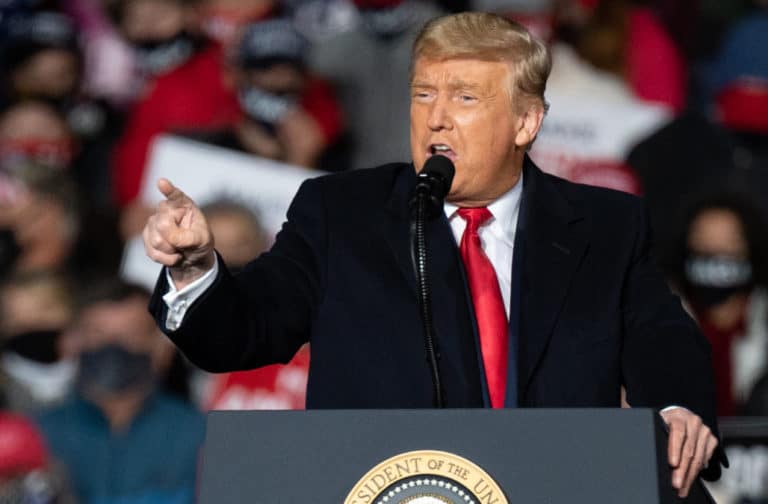



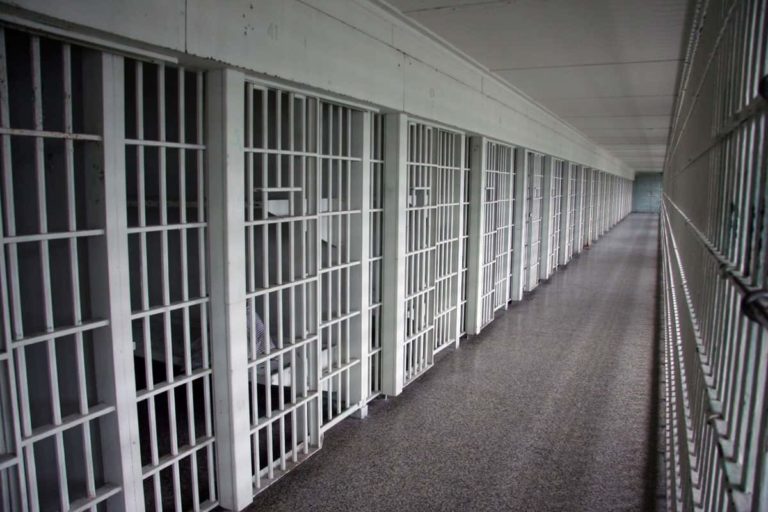

Daily News & Commentary
Start your day with our roundup of the latest labor developments. See all
September 16
In today’s news and commentary, the NLRB sues New York, a flight attendant sues United, and the Third Circuit considers the employment status of Uber drivers The NLRB sued New York to block a new law that would grant the state authority over private-sector labor disputes. As reported on recently by Finlay, the law, which […]
September 15
Unemployment claims rise; a federal court hands victory to government employees union; and employers fire workers over social media posts.
September 14
Workers at Boeing reject the company’s third contract proposal; NLRB Acting General Counsel William Cohen plans to sue New York over the state’s trigger bill; Air Canada flight attendants reject a tentative contract.
September 12
Zohran Mamdani calls on FIFA to end dynamic pricing for the World Cup; the San Francisco Office of Labor Standards Enforcement opens a probe into Scale AI’s labor practices; and union members organize immigration defense trainings.
September 11
California rideshare deal advances; Boeing reaches tentative agreement with union; FTC scrutinizes healthcare noncompetes.
September 10
A federal judge denies a motion by the Trump Administration to dismiss a lawsuit led by the American Federation of Government Employees against President Trump for his mass layoffs of federal workers; the Supreme Court grants a stay on a federal district court order that originally barred ICE agents from questioning and detaining individuals based on their presence at a particular location, the type of work they do, their race or ethnicity, and their accent while speaking English or Spanish; and a hospital seeks to limit OSHA's ability to cite employers for failing to halt workplace violence without a specific regulation in place.